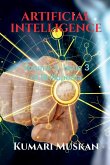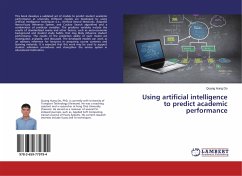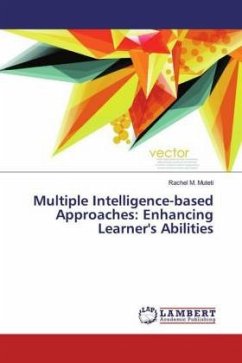In this book, Protecting the privacy of computer networks containing consumer data is a vital concern for people, businesses, and governments. There has been a spike in threats/attacks on famous websites as attacks against networked networks are becoming more frightening and new techniques to target them are being used every day. Additionally, intrusion protection is used to prevent outside attempts by hackers and scammers. One approach to developing an intrusion detection system (IDS) is by learning from human-written traffic logs. Currently, the IDS needs two essential, discriminating and representative characteristics, all in order to have a high accuracy. An example is the "sparse" or "dimensionality" reduction strategies AE and PCA (PCA). The attribute extraction strategies employed by the speech recognition market are then used to create an RF classification simulation technique with K-Mean Cluster. The attempt to reduce the features of the dataset "CICIDs" from 78 to 45 is going to reduce the features of the dataset from 78 to 45 while maintaining a high precision of 99.7% in the Random Forest classifier with k-means clustering.
Hinweis: Dieser Artikel kann nur an eine deutsche Lieferadresse ausgeliefert werden.
Hinweis: Dieser Artikel kann nur an eine deutsche Lieferadresse ausgeliefert werden.








